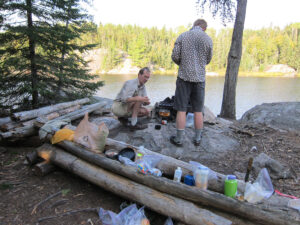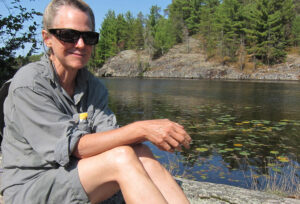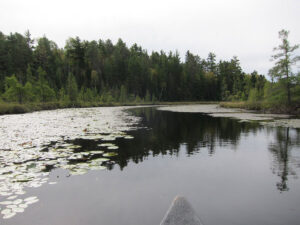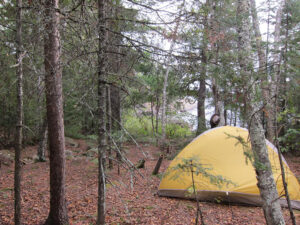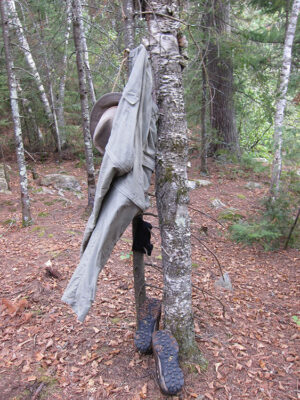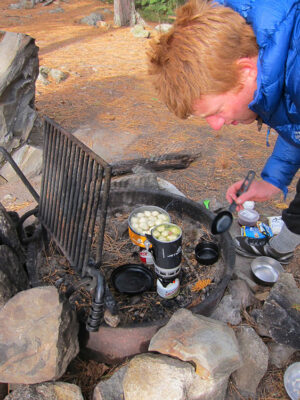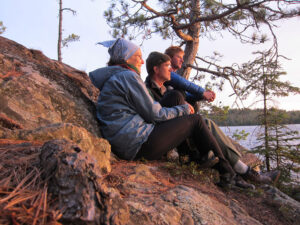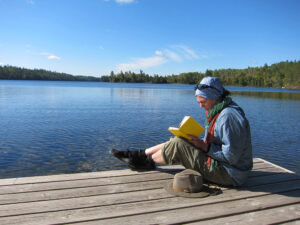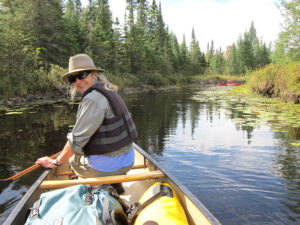 September 8, 2012—Joseph Goldes began his lesson on how to pack for a Boundary Waters Canoe Area (BWCA) paddling trip with a map and pack purchase stop at Midwest Mountaineering, a fabulous outdoor adventure store in Minneapolis. Joseph (whom I have known since he was only hours old) has led numerous trips into the BWCA through Camp Wijiwagen, including a 41 day trip through the Arctic (with no resupplying!). The knowledge he has accumulated is astonishing. Ian, Joseph and I planned for a five day trip with four nights of camping in the lake wilderness area bordering Canada. We divided and packaged food for each of the meals needed, and I managed to sneak in a large peanut M&Ms bag before the pack was closed.
September 8, 2012—Joseph Goldes began his lesson on how to pack for a Boundary Waters Canoe Area (BWCA) paddling trip with a map and pack purchase stop at Midwest Mountaineering, a fabulous outdoor adventure store in Minneapolis. Joseph (whom I have known since he was only hours old) has led numerous trips into the BWCA through Camp Wijiwagen, including a 41 day trip through the Arctic (with no resupplying!). The knowledge he has accumulated is astonishing. Ian, Joseph and I planned for a five day trip with four nights of camping in the lake wilderness area bordering Canada. We divided and packaged food for each of the meals needed, and I managed to sneak in a large peanut M&Ms bag before the pack was closed.
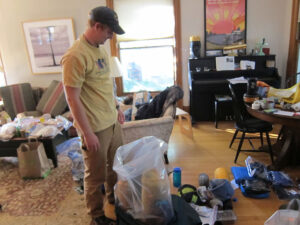
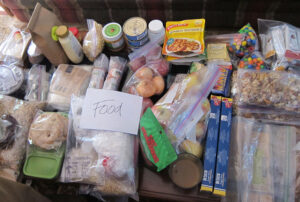
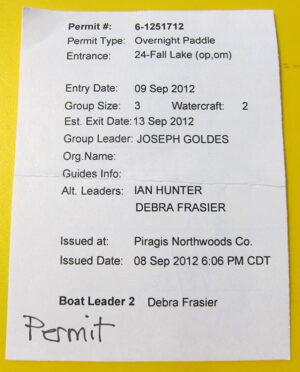
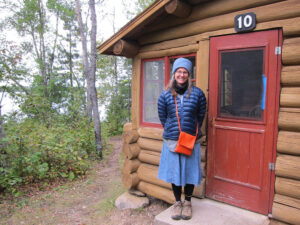
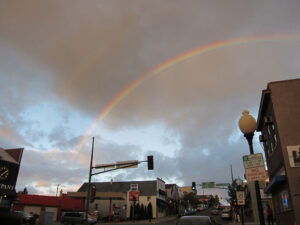
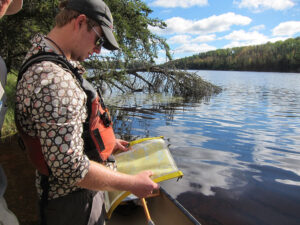
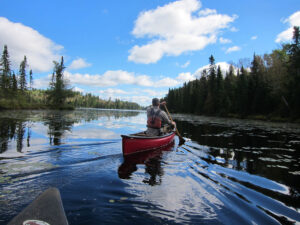
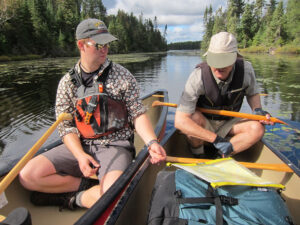
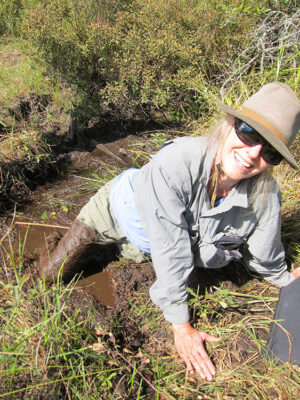
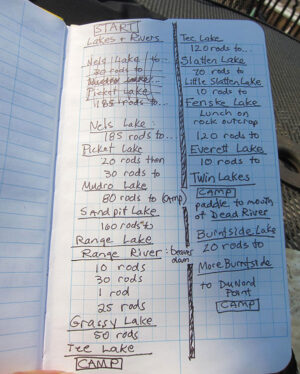
Rain poured on our drive from Minneapolis to Ely, MN, so a last minute phone call to Camp Vanvac gave us a first night in a snug cabin with an early start the next day. We picked up Lynn, our driver, at Camp Wiji, (also a guide into the BWCA), and she deposited us at Nells Lake, taking our car back to the camp. Here I was ordered to get my feet wet, as in water filling up my boots, soaking my socks… Just a reminder: I am a Florida native. Cold, wet feet are to be avoided at all costs….but there was no turning back. Wet feet it was. Really wet.
Joseph has plotted a course through a series of lakes and portages that would bring us back to Camp Wiji and our car. A check of the map shows that our first day will include one long portage to Mudro Lake: 180 rods. (Portages are measured in canoe lengths called “rods.” Imagine 180 canoes, end to end, hiking along a rock strewn path with one canoe balanced on your shoulders and a pack on your back!)
Under a clear blue morning, we loaded our canoes and set off. Our paddles cut the silken sky-filled water while every tree stood dark green, pressing shoulder to shoulder on lake’s edge, hiding the portage paths. We traveled in two canoes: Ian and I in our 17 foot Old Town and Joseph paddling my little red Bell Yellowstone solo canoe. We carried three packs, two tents, four paddles, two Jet Boil stoves, and an essential waterproof map. (We used Fisher Map/F‑9)
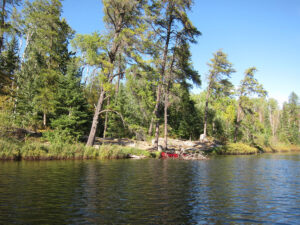
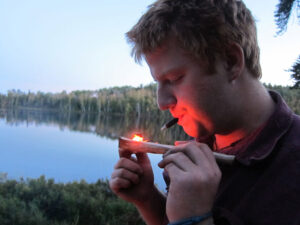
The next five days and four nights were a paradise of lakes, skies, campfires, beaver dams, and two rivers: The Range River, a BWCA classic, and a short jump up the Dead River. On that very first portage I stepped into what I thought was a muddy puddle — and instantly plunged thigh-deep into dense muck called “muskeg,” a sludge so thick I could barely move my foot. Slowly, ever so slowly, I worked my way out. My feet were now very, very wet, but at least, once out, not stuck in mud. Everything looked better after that!
Throughout the days Joseph taught us skill after skill as I made notes in my yellow waterproof journal. We learned how to set up tents against wind, make a kitchen and leave no trace, how to guard our food pack against bears, how to make a spoon out of a piece of kindling, how to “lift and set” a canoe over a towering beaver dam, how to rig a tarp in the wind, three knots not to forget (I have), how to cook M&Ms in a dumpling, what injuries to anticipate and how to prepare, how to settle your canoe at night, how to purify water, how to survive a map meltdown (when Ian and I got hopelessly lost), how to wind-over (tell stories), how to use a biffy, how to spit toothpaste to lessen impact, how to wash dishes with downed fir branches, how to build a fire in rain…and how to have continuous wet feet and enjoy it.
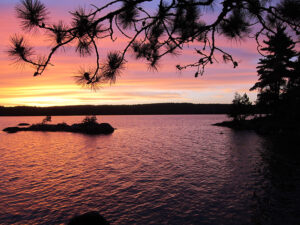
We saw one mosquito, four amazing sunsets, and came home with a deepened love for water on Planet Earth —and a daily urge to head back to the shining waters. Thank you, Joseph.
